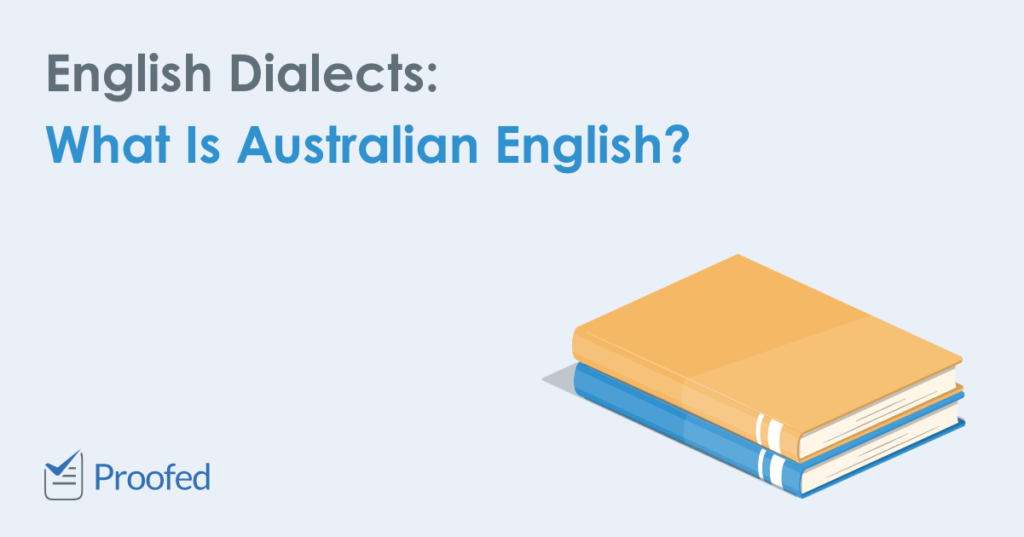G’day, mate! And now we’ve alienated any antipodean readers with a lazy cliché, we should point out that Australian English is more than just an accent or a few Aussie phrases. So what does it involve exactly? And how do Australian and British English differ? Let us explain.
What Is Australian English?
Sometimes shortened to ‘AuE’ or ‘en-AU’, Australian English is a set of English dialects spoken and written in Australia. It has been recognised as a distinct dialect since the early 19th century, by which time it had diverged from the British English spoken by the first colonists in Australia.
In many ways, Australian and British English have a lot in common. However, there are some differences in terms of vocabulary, spelling and grammar:
- The biggest differences between Australian and British English are related to vocabulary. A ‘duvet’ is known as a ‘doona’ in Australia, for instance. Australian English also includes a lot of terms specific to the country’s environment (e.g. ‘bush’ and ‘outback’). And there are many slang terms unique to Australia, such as ‘fair dinkum’.
- Australia uses US spellings for some words. For instance, ‘program’ is the standard spelling in Australia, while we use ‘programme’ in all contexts other than computing. Similarly, ‘encyclopedia’ is more common than ‘encyclopaedia’ in Australia.
- Australian English does not allow ‘-ize’ spellings in words like ‘organize’, whereas British English accepts both ‘-ize’ and ‘-ise’ spellings.
- While British English sometimes uses plural verbs with collective nouns (e.g. saying ‘The team are playing’ rather than ‘The team is playing’), this is rare in Australian English.
In formal writing, however, Australian and British are very similar.
Find this useful?
Subscribe to our newsletter and get writing tips from our editors straight to your inbox.
Tips for Using Australian English in Your Writing
If you already know British English, Australian English should feel familiar. As mentioned above, though, there are a few differences you should look out for. Keep the following tips in mind:
- Remember that slang terms are not used in formal writing. For instance, you would not use the term ‘arvo’ instead of ‘afternoon’ in an essay.
- If you’re at university or working for a publisher in Australia, check your style guide for advice on Australian English.
- If you’re unsure whether a word is used in Australia, you can check an Australian dictionary, such as the Macquarie Dictionary.
- When writing for an Australian audience in Microsoft Word, set the spellchecker to Australian English. You can do this by going to Review > Language > Set Proofing Language and selecting ‘English (Australia)’ from the list of available languages.
Finally, you can also have your work proofread by someone who knows Australian English. A native speaker will be able to spot issues you may miss otherwise, so it is always worthwhile.
